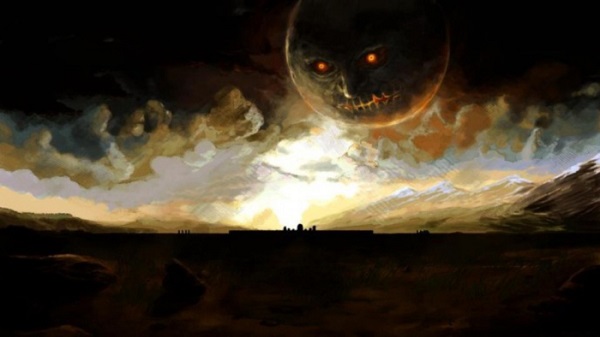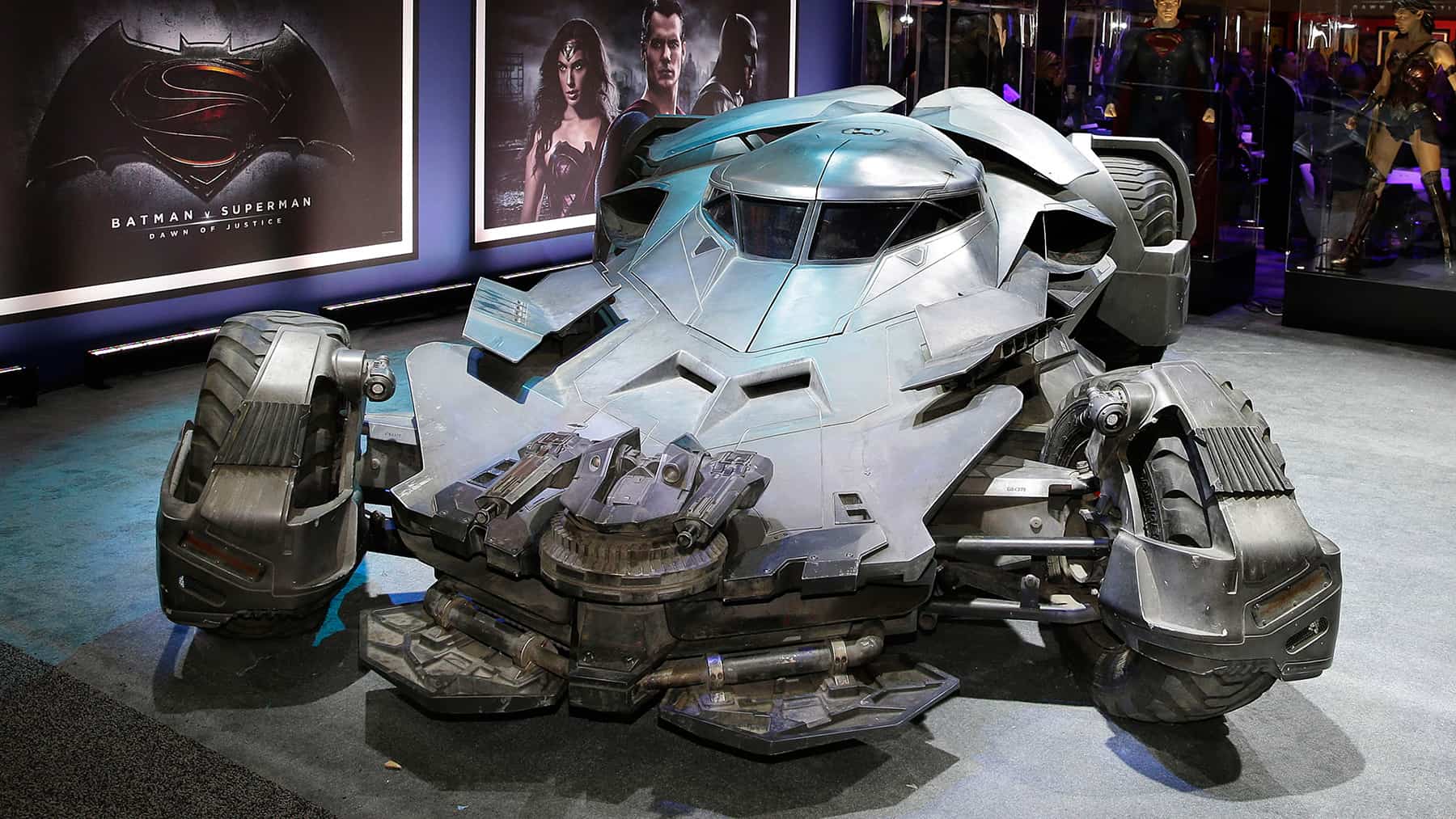
The Legend of Zelda: Majora’s Mask
Nintendo EAD
Nintendo
N64, 3DS (upcoming)
A world destined for ruin lives out its final days as the face of simultaneous malevolence and indifference plummets from the sky. A lost hero is obligated to save a foreign land based on sheer morality and the will to reunite with a good friend. Three days remain before the end of the world, time and time again.
The Legend of Zelda: Majora’s Mask offered many young Nintendo fans their first true horror experience. It has been 15 years since Majora first attempted to lay waste to Termina and fans have craved for Nintendo to take the franchise into these dark waters once again. Unfortunately, Nintendo has stayed above these waters (literally with The Wind Waker) and fans have been forced to dwell in their nostalgia for a decade and a half.
But good things come to those who wait! Nintendo announced that Majora’s Mask is getting a 3DS remake, akin to Ocarina of Time 3D, and with that a renewed wonder about the fated lands that exist in the game.
Fifteen years and fan adoration is stronger than ever so when considering this, the biggest question to ask is what made Majora’s Mask such an intriguing entry in the Zelda franchise? What compelled movements such as Operation Moonfall to begin as well as many meaningful discussions of the game’s lore to spawn. The answer is actually pretty simple: Majora’s Mask is different. It doesn’t cater to the formulaic Zelda themes and mechanics that have been present since the original released in 1986. While not as drastic of a change in gameplay as The Adventure of Link, Majora’s Mask rivals and even surpasses Link’s Awakening in terms of divergent story-telling, themes and tone.

Majora’s Mask plays identically to Ocarina of Time albeit with a heavier focus on side-quests. The game has only four main dungeons instead of the usual seven or eight, yet it’s due to the inclusion of so many side-quests and the three day time limit that the game feels just as epic as Ocarina of Time. The player must use the manipulation of time in order to complete various quests and keep the world from the brink of destruction until Link can defeat Majora. It was this game mechanic that not only gave MM it’s main gameplay gimmick but ensured that the mechanics blended with the theme and story to create a heavily anxious tone that entranced Zelda fans for years.
Ocarina of Time is the defining title of the series and created the perfect center point for the Zelda timeline and its lore. It also created the perfect foundation for the creation of Majora’s Mask. With most of its assets being reused for Majora’s Mask, creative and experimentative story-telling became a focus. In a way Ocarina of Time and Majora’s Mask parallel the original duo of The Legend of Zelda and The Adventure of Link. The former becoming the corner stone of a series while the latter tested it and sought to expand it to become something more. OoT and MM set the same history mark except they paved the way for the capabilities of the 3D era gaming.
Despite Nintendo’s child friendly stance, Majora’s Mask was one of the darkest titles released on a Nintendo platform. Gamers who played Earthbound and understood the evil undertones that dwelled beneath the colorful aesthetics felt something familiar when they played through the last Zelda entry on the Nintendo 64.
Full of death and the feeling of hopelessness, Majora’s Mask is even outlined by the five stages of loss. The Moon is falling and the inevitability of death becomes more real as the days go by. The folks in Clock Town are in DENIAL and refuse to stop the Carnival of Time to honor the four giants over the falling Moon. The Deku Scrubs in the Southern Swamp are filled with ANGER and falsely accuse a poor monkey for crimes it didn’t commit to the point of execution. Lulu, the lead singer of the Zora music group the Indigo-Go’s, BARGAINS that her lost eggs are the key to retrieving her beautiful voice. The DEPRESSING loss of the Goron warrior Darmani and the incessant crying of a child who lost his father in Snowhead Mountain. The ACCEPTANCE of the inhabitants of Ikana Valley who celebrate the fact that they are no longer of the living world and brush off the Moon’s impending doom.

Death and loss spell out the game from beginning to end. Link meets the corpse of the Deku butler’s son upon entering Termina after losing both his fairy Navi and horse Epona. The masks Link uses throughout his journey are powered by the souls of the dead that wish nothing more for the land they once called home than for it to be safe from the ancient evils of Majora.
The player is constantly reminded of the frail humanity that exists within Termina and the fact that they are all coping with the idea of their own mortality. The Postman argues with himself whether his own safety is more important than his postal duties. Farm girl Cremia comforts her younger sister, Romani, and allows her to partake in adult traditions she would otherwise never be able to experience. There is also the shop keep who can be found cowering in the backroom mumbling to himself how he’s not ready to die yet. Sad, tragic, depressing yet an all too real depiction of human emotion in the face of death.
Let’s not forget about the main antagonist Majora. Well, his/her mask at least. We have no idea what Majora was, nor do we have any notion of its capabilities, or the powers it beholds. The three stage final boss battle is just as hallucinogenic as it is fantastically horrendous. Upon defeating Majora’s Mask, the demon grows legs, arms and a rather disturbing eyeball. It acts childish and throws tantrums when it can’t properly attack Link. The Mask then takes a much more humanoid form with whips for arms. Perhaps, the Mask is in essence Majora itself, trying to reincarnate into a new world much like Ganon does in every other title.
The ending is quite ambiguous as well and doesn’t necessarily point to a happy ending for the once great Hero of Time. In Ocarina of Time it is stated if a boy without a fairy travels the Lost Woods, he is destined to become a Stalfos, a skeleton warrior. Link travels in search of Navi and loses his way. In fact, Link never finds Navi and we are never told if he ever found his way back to Hyrule.

In Twilight Princess, the direct sequel to Majora’s Mask according to the timeline, the Hero of Time is represented as the Hero’s Shade, a Stalfos, that teaches the Hero of Twilight sword techniques to help defeat Ganondorf. Majora’s Mask leaves fans with a grim fate of the greatest hero in the franchise’s history.
If you look and listen closely to the game, you become bound by questions. What, where and when exactly does the game take place? Where is Termina? Who is Majora and why did it create the mask? What happened to Navi? Is Link the one who is lost? Is this another dream like Link’s Awakening?
The Legend of Zelda series have been full of rather simplistic story-telling; the Princess Zelda and the land of Hyrule are in trouble and Link must defeat Ganon to save the world. Not too much strenuous thought is invoked within the player regarding the story. The beauty and pure genius of Majora’s Mask is that it’s a game that makes you think.
Through mechanics, theme and tone alike, a sense of wonder is created in the gamer, a fact which made Termina just as fantastical as any of the various forms of Hyrule that we have ventured into during the 14 years prior. Now after fifteen years, we are finally able to revisit the land of Termina with a new foresight and a keen eye. We can see how Nintendo created a world unlike any other with a story just as deep.



